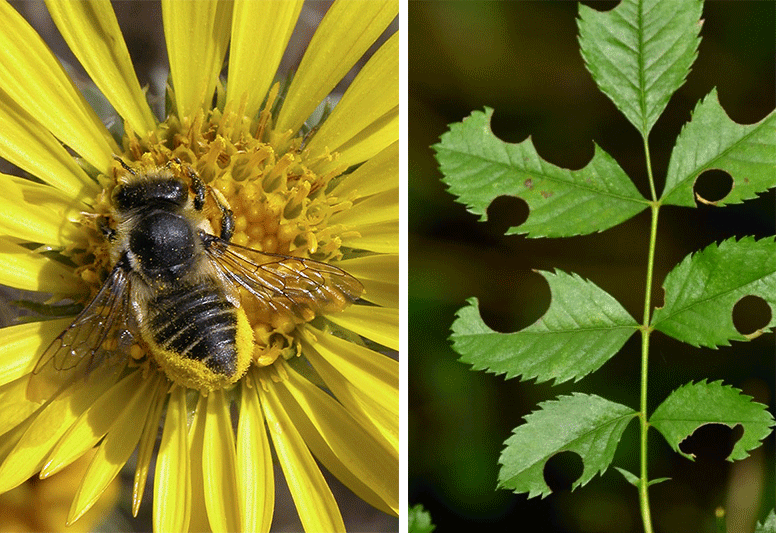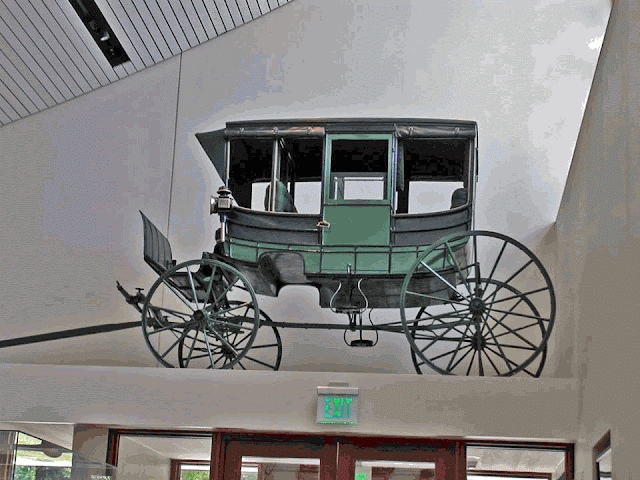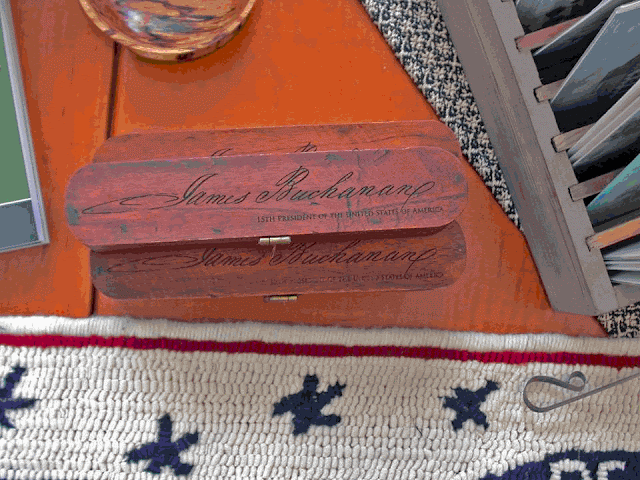The Maryland Biodiversity Project
(MBP) is a web-based citizen-science effort that documents the
occurrence of living things in Maryland. It's a great resource for
information on biodiversity and photos of cool creatures and plants.
It's also a way to feel like you're a great biological explorer and
discoverer. The MBP displays specimen records with two
geographic formats, counties and USGS quads.
There are over 250 quads in Maryland and it's still fairly easy to claim a
first MBP record for some quad, even for fairly common species. It's
tougher to capture a state or county record, but it is certainly possible. Lately, finding first MBP quad
records has been my principal source of narcissistic fuel (Just how pathetic is that?) I recently found the first record of Veratrum viride (Green False Hellebore) in Montgomery County, even though it would surprise no one that I found it there. Impressive, eh?
Fresh specimens of Green False Hellebore (5 May 2018)
The plant has large leaves with parallel veins and grows to 4 to 5 feet tall. The inflorescence is a terminal stalk with several branches of green flowers, each with six petals. It likes wet soils with no or sparse tree cover. So, you'll see it on banks of rivers and ponds, moist meadows and ditches along the highway. It ages badly and gets ugly pretty fast; the inflorescence topples over, the flowers start turning black, the leaves shred and turn yellow. The specimens in my regular stomping grounds are pretty much toast by mid July. Plastic surgery does not appear to be an option.
 |
| Senescent green flowers of Green False Hellebore (17 June 2018) |
All parts of the Green False Hellebore are poisonous due to a large variety of noxious steroidal alkaloids, a feature characteristic of the family, sometimes also known as the Deadly Camuses. In large enough quantities, it can kill livestock ... horses, cattle, goats ... as well as people. Still, as is often the case, such toxins can have beneficial effects in the right dose. Extracts of the plant were once used to lower blood pressure, for instance, but getting the dose right was tricky, sometimes blood pressure was lowered to zero. There are now safer alternatives, such as cats. Native Americans apparently used the plant for various ritual purposes. For example, some tribes valued intestinal fortitude so much that they selected a new leader by feeding a bit of this plant to each candidate. The last one to vomit took the helm. I seem to recall that they first tried something akin to our Electoral College but found the vomit challenge to yield superior results. In contrast, our system requires strong stomachs of the electorate. Anthropology is so interesting.
 |
| Going, going... Green False Hellebore. Right: 24 June 2018. Left: 15 July 2018 |
First MBP Records for the Damascus Quad
... From My Yard
... From My Yard
 | ||
| Northern Ring-necked Snake (Diadophis punctatus) (Family Colubridae). A small snake known from all counties in Maryland but not yet from all USGS quads. This is the first record from the Damascus Quad. I found it behind my house one evening, just sort of hanging out. Immatures sometimes get into my basement, they are usually playing dead or are really dead, depending on whether I find them first or the cats do. They are fairly common under objects (logs, boards, leaf litter, etc.), especially where the soil is somewhat moist. They feed mainly on earthworms and salamanders. They don't bite when picked up, by they may defecate or produce a musky smell. |
 |
| Butternut Woollyworm (Eriocampa juglandis) (Order Hymenoptera: Family Tenthredinidae). I spotted a bunch of white masses on the leaves of a small black walnut growing near our driveway. At first I thought this had to be the weirdest fungus ever. However, while taking photos, I noticed that the masses were moving. I scraped away a bit of the waxy material to reveal caterpillar-like larvae. After a bit of investigation, I found that these were the wax-covered larvae of a sawfly that specializes on the leaves of walnut, butternut and, to some extent, hickory, all trees in the family Juglandaceae. The wax must serve as a defense against predators, but the metabolic costs of producing so much must be pretty high. Follow the links for pictures of exposed larvae and adults. |
 |
A Dictyopharid Planthopper (Rhynchomitra microrhina) (Order Hemiptera: Family Dictyopharidae) on a senescent milkweed leaf. This is also an MBP county record. |
 | ||
| Common Winterberry (Ilex verticillata) (Aquifoliaceae: Holly Family). This is a small tree or bush (usually 6 to 10 feet tall, but can get larger) that tends to grow in moist, acidic soils. Like the more-familiar hollies, winterberries produce red berries and individual plants are either male or female. They differ in having smooth-margined leaves that are dropped in the fall. With their persistent red berries, they provide a touch of color during the long brown winter. Several cultivars are popular ornametals. |
----------
I have lots of other examples of unsurprising first MBP records for the state, county and USGS quads, most of which were "discovered" in my backyard. Imagine what could be found near you. Just stay away from my quads!














































